PCIA-S2 PCI controller 2x serial
PCI card with two RS-232 serial port. Low profile.
| Input | PCI |
| Output | DB9 M, serial port, 2-port output |
| design | standard profile, low profile |
Where to buy
The AXAGON PCIA-S2 PCI card extends your desktop PC by two fully-fledged RS-232 standard serial ports with DB-9 connectors.
Seamless compatibility and wide porting options are ensured by using the proven MOSChip chipset.
The package also includes low profile blanking plugs for mounting the adapter into low profile cases.
Input:
• PCI 2.3 interface, 32bit, 33MHz.
• Backward compatible with PCI buses revisions 2.2 and 2.1.
• Supports power supply 3.3V and 5V.
Output:
• 2x serial RS-232 port with DB9 male connectors, the ports are placed on the card’s blanking plug.
• Maximum transmission rate of used RS232 drivers up to 120 kBd.
• Compatible with 16C450 / 16C550 / Extended 16C550 / Enhanced Mode UART.
Other features:
• Plug and Play Support - automatic selection of IRQ and I/O address.
• Supports PCI IRQ sharing.
• Re-Map IO Address Support - LPT port address setting (this feature is supported only in DOS).
• 256-Byte transmit & receive FIFO buffer for each port.
• Adjustable flow control Xon/Xoff, hardware or none.
• Adjustable word length 4, 5, 6, 7 or 8 bits.
• Adjustable parity (even, odd, none, mark, space), 1, 1.5 or 2 stop bits.
• Supports TXD, RXD, RTS, CTS, DTR, DCD, DSR, and RI serial signals.
• 9-bit data transmission support.
• Supports connecting serial devices such as ATMs, cash registers, barcode readers, CNC machines, tablets, POSs or PDAs.
• ASIX (formerly MOSChip) MCS9865IV-AA chipset is used.
Supported operating systems:
• MS DOS 6.22, MS Windows 98SE / ME / 2000 / XP / Vista / 7 / 8 / 8.1 / 10 and later, Windows Server 2003 / 2008 / 2012 / 2016 and later (supported are all 32 and 64-bit Windows OS versions), Linux with kernel 2.6.14 and above.
Package contains:
• PCI card with a standard blanking plug,
• two low profile blanking plugs,
• CD with drivers,
• printed installation guide in English, Czech, Slovak and Polish,
• packed in a cardboard box.
| Input | |
| interface | PCI revision 2.3 |
| rate | 133 MB/s |
| compatibility | PCI revision 2.3 / 2.2 / 2.1 |
| Output | |
| interface | serial RS-232 |
| rate | max. 120 kbit/s |
| number of ports | 2 |
| connector | 2x DB9 male |
| compatibility | Extended 16C550 / 16C550 / 16C450 |
| Supported features | |
| port address setting | yes (only in MS-DOS) |
| automatic installation | no |
| adjustable flow control | yes (Xon/Xoff, hardware, none) |
| adjustable word length | yes (4, 5, 6, 7 or 8 bits) |
| adjustable parity | yes (even, odd, none, mark, space), 1, 1.5, 2 stop bits |
| Plug and Play | yes |
| Other features | |
| buffer | yes (FIFO sending 256B / receiving 256B for every port) |
| indication | no |
| standard profile | yes (factory fitted blind plug) |
| low profile | yes (blind plugs included in the package) |
| chipset | ASIX MCS9865IV-AA |
| Power supply | |
| on the bus | yes (3.3V / 5V PCI bus power) |
| from a PC source | no |
| OS support | |
| MS Windows | 10 / 8.1 / 8 / 7 / Vista / XP / 2000 / ME / 98SE / (all 32- and 64-bit versions) |
| MS Windows Server | 2016 / 2012 / 2008 / 2003 (all 32- and 64-bit versions) |
| Linux | kernel 2.6.14 and higher |
| MS DOS | 6.22 |
Package contents
- PCI card with a standard blanking plugu
- two low profile blanking plugs
- CD with drivers
- installation guide
Product package
- cardboard box
- package dimensions 17.5 x 14.5 x 4 cm
- weight of 1 pc package 155 g
- EAN 8595247901712
Export package
- number of pieces in the box: 50
- total weight of the box: 8.45 kg G.W.
- box dimensions: 45 x 35 x 38 cm
FAQ
A): If the PC does not run with the card or the card is mistakenly detected in “Device Manager”, or if there is a yellow exclamation mark on the driver, or if “Device Manager” reports an error code “Code 10 - The device cannot start”, the card is in conflict with another device in your computer.
B): In most cases, this conflict can be solved by moving the card to another PCI (PCIe) slot, with the BIOS assigning other free resources to the card. If the move does not help, try the card separately, with no additional cards inserted. If the card cannot be moved to another slot, you can reset the BIOS of the computer (by jumper on the board or pulling out the backup battery, we recommend that you note all the original settings and reset everything to the required values). This will cause the IRQ, DMA, and I/O resources to be redistributed.
Card drivers have not been installed correctly. How to proceed correctly with the next installation?
A): The following steps are necessary to install the drivers correctly.
B): Remove the card from PC. Uninstall the existing drivers using the "MOSCHIP_PCIUninst.exe" utility (located on the installation CD in the directory; if you do not have the CD, you can download the drivers from our support pages http://www.axagon.eu/en/podpora-faq). Restart the PC. Reinstall the drivers and turn off the PC. Re-insert the card. Once rebooted, the drivers should be properly installed.
A): Please make sure that the port "LPT1: (Printer port)" or other number is set correctly in the printer properties, depending on the port settings on your card. If the port is not set correctly, select the correct port, save with the "OK" button and restart the PC.
B): If problems continue to persist, automatic printer driver installation may have failed. Try removing the printer and restarting the PC. After restart, install the printer drivers again, but so that you cancel the automatic installation and add the printer manually in Control Panels / Printers with manual selection from the list of printer drivers. When installing the printer manually, select the correct LPT port. If the problem still is not resolved, try moving the card to another PCI (PCIe) slot; it may be that the card is in conflict with another device on your computer.
A): Yes, it creates a fully fledged LPT port. However, it is still about the compatible with the SW device you connect to the LPT port.
B): System resources, including the LPT port address with additional cards (not only AXAGON, but also of other manufacturers), are allocated by the computer BIOS already when booting. The address can be changed in MS-DOS using the driver for this system. For higher OSs (WIN98, 2000, XP, etc.) this address cannot be changed. Addresses 378 or 278 are firmly reserved for the so-called Legacy LPT ports that are integrated into motherboard chipsets. If the HW key bypasses Windows management, it will not work. You can try to consult the manufacturer of the HW key, to which address it is set up and whether the address can be changed.
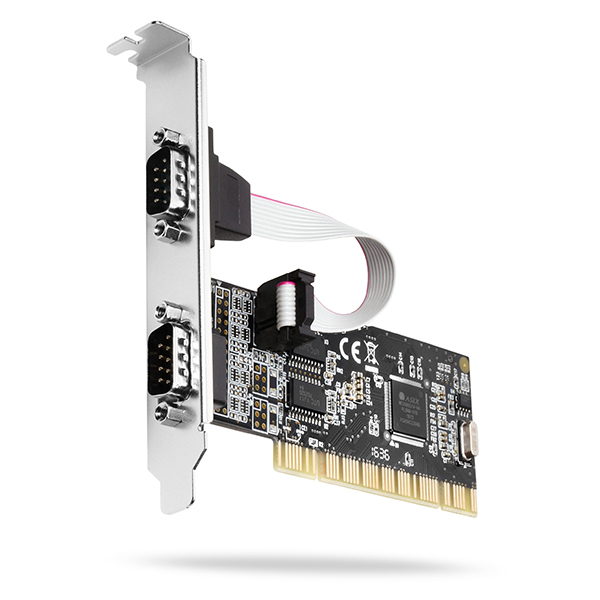
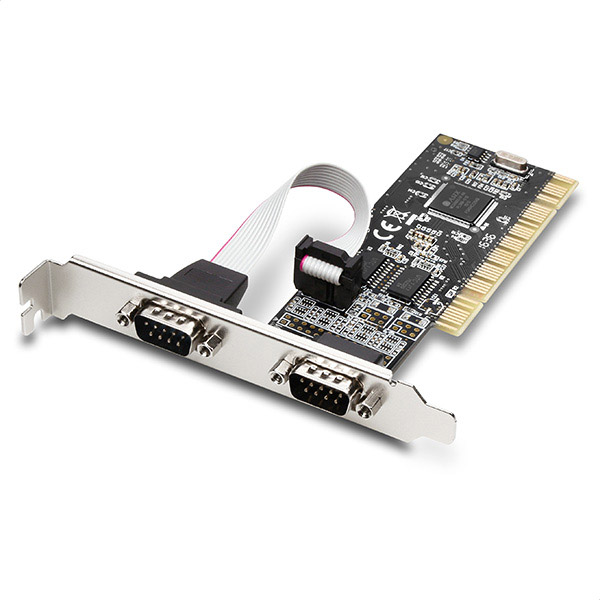
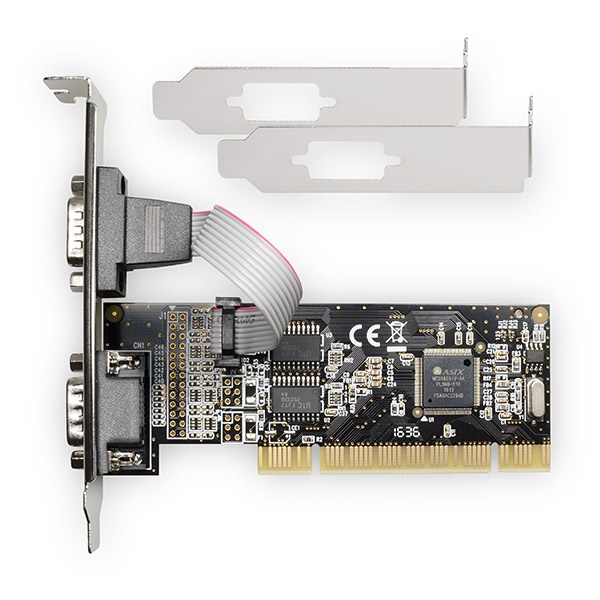
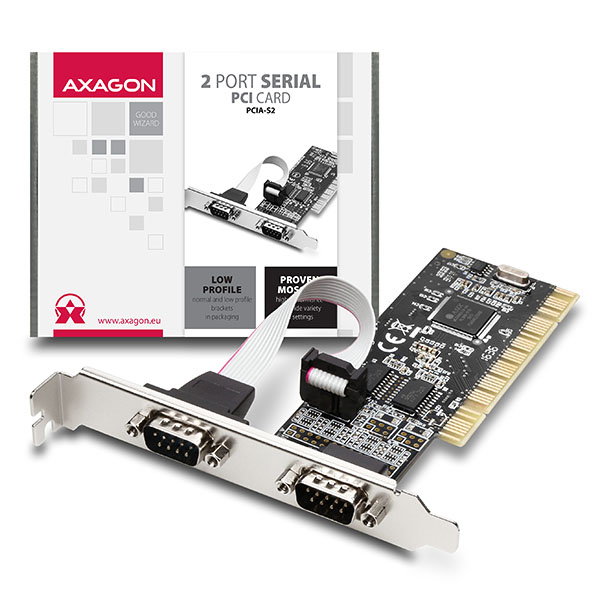
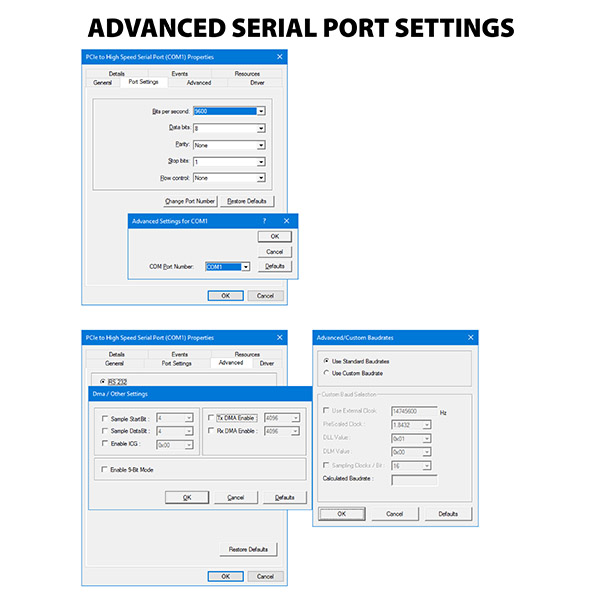
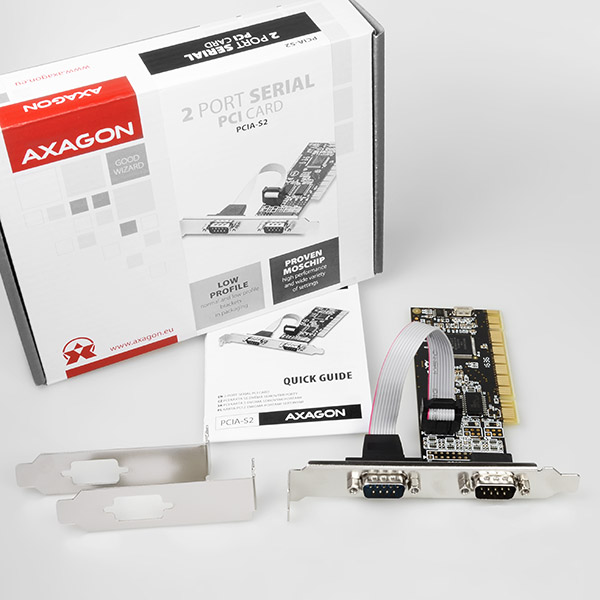
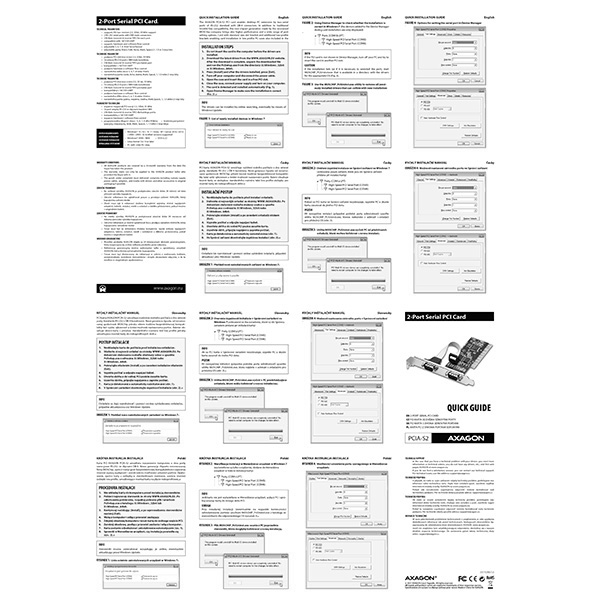
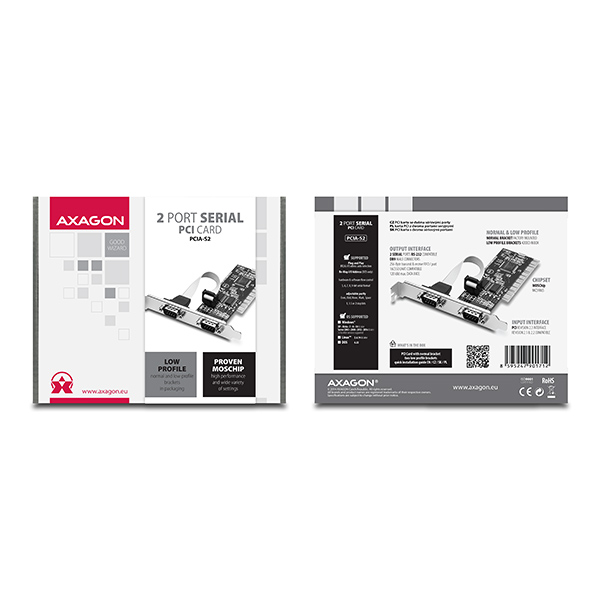
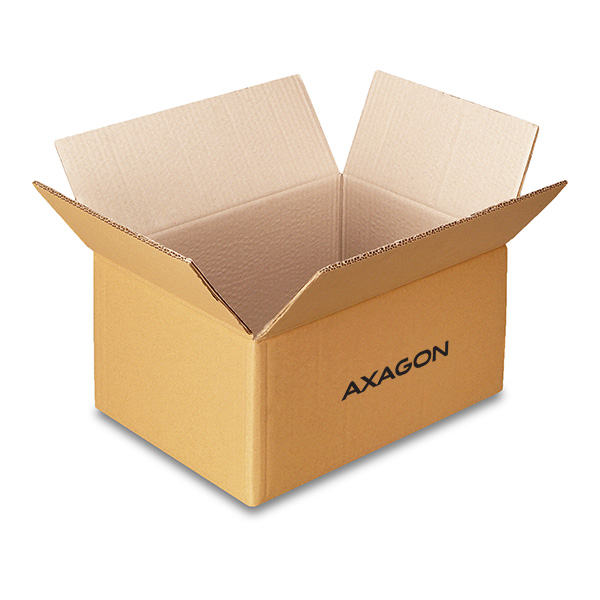
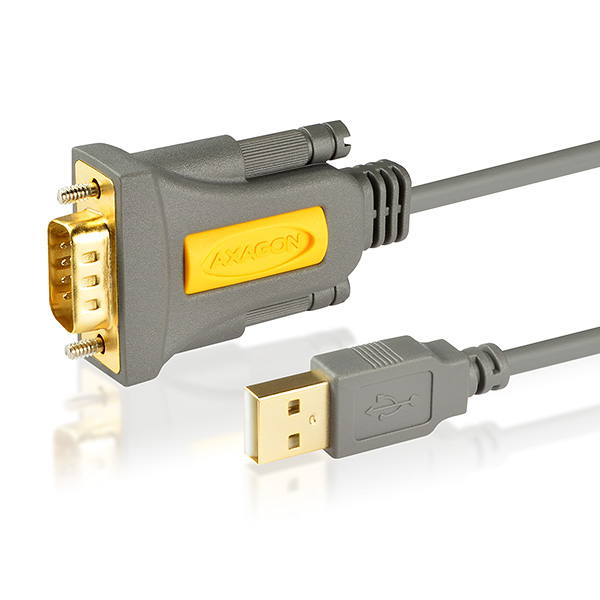 ADS-1PQ
ADS-1PQ
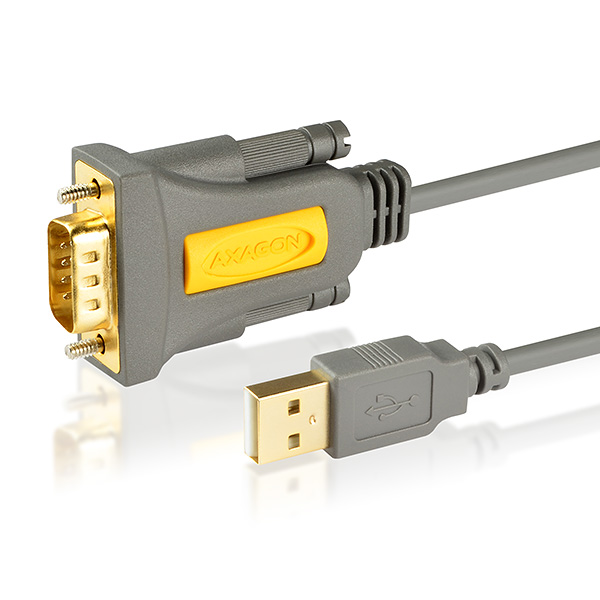 ADS-1PS
ADS-1PS
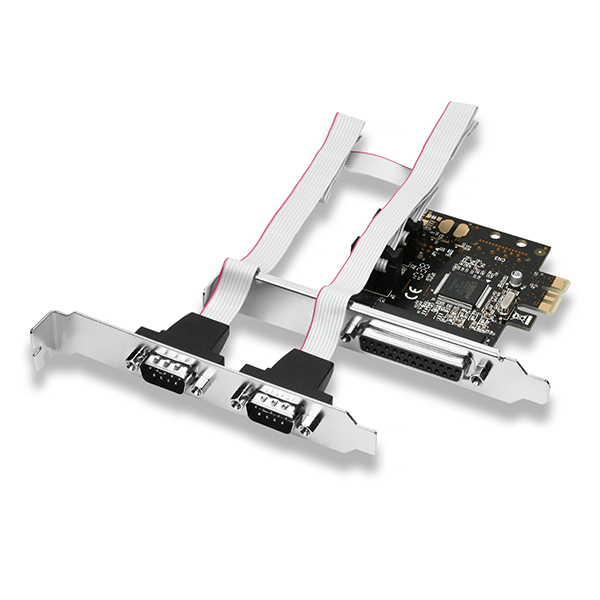 PCEA-PS
PCEA-PS
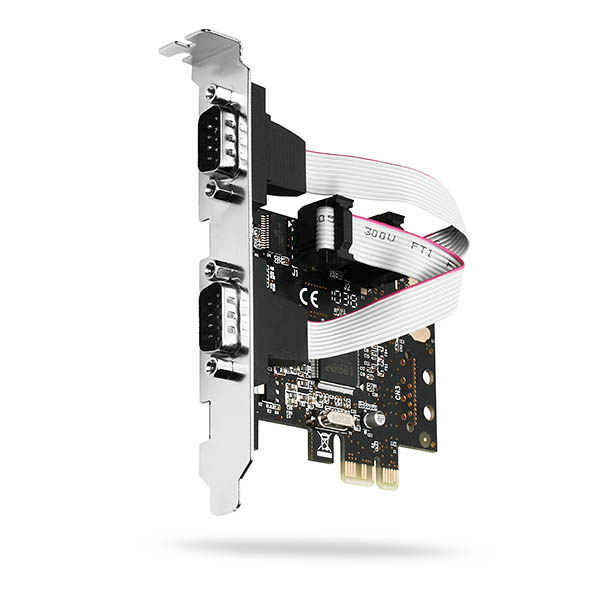 PCEA-S2
PCEA-S2
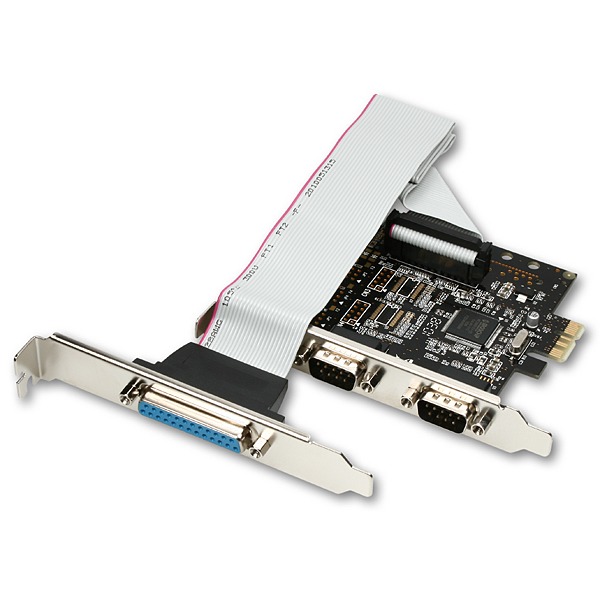 PCEA-SP
PCEA-SP

